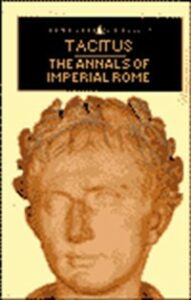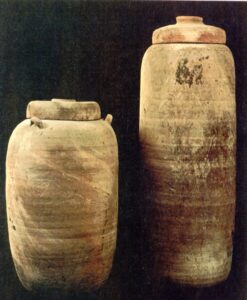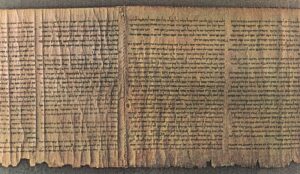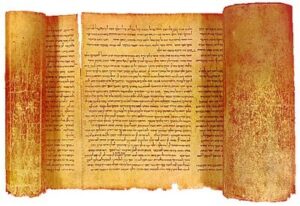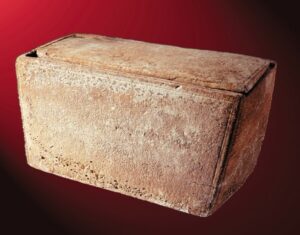THE SUPERNATURAL HISTORY OF THE BIBLE WITH DR RICHARD KENT
HISTORICAL DOCUMENTS CONFIRM THE AUTHENTICITY OF THE BIBLE
RECORDING OF THE CRUCIFIXION BY CONTEMPORARY HISTORIANS OUTSIDE THE BIBLE
CORNELIUS TACITUS
The Crucifixion of Jesus of Nazareth was noted by Cornelius Tacitus who was a Roman historian, born in 52-54 A.D. Tacitus stated that Jesus had been crucified by Pontius Pilate.
FLAVIUS JOSEPHUS
Josephus was born in 37A.D. and was a Jewish Pharisee.
He wrote: “Now there was about this time Jesus, a wise man,
if it be lawful to call him a man, for he was a doer of wonderful
works …..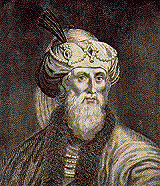
THE CRUCIFIXION WAS DISCUSSED BY MANY ANCIENT WRITERS IN WRITINGS OTHER THAN THE BIBLE
The Crucifixion of Jesus Christ was widely accepted as fact by a great number of ancient writers.
The Crucifixion was widely discussed as a fact by both Christian and secular writers, many of whom discussed the three hour period of darkness during the Crucifixion, which obviously greatly alarmed the ancient world.
Amongst such writers are:
- TERTULLIAN who lived at the beginning of the 3rd century
- LUCIAN, who died in A.D. 312
- THALLUS, a historian writing in AD. 52
- JULIUS AFRICANUS writing about A.D. 221
- ORIGEN
- PHLEGON OF TRALLES (a first century Greek historian born not long after the Crucifixion).
- PHILIPON
- JOANNES PHILOPONUS
- MALELAS
- EUSEBIUS
- MAXIMUS
This large number of ancient historians makes the Crucifixion among the best-attested events in ancient writings.
THE LARGE NUMBER OF NEW TESTAMENT MANUSCRIPTS IS VASTLY GREATER THAN ANY OTHER ANCIENT DOCUMENT
Document Date Early Copies found
Homer’s Iliad 800 BC 643
Works of Herodotus 480 BC 8
Caesar’s Gallic wars 44 BC 10
New Testament 50 – 95 AD 25,366
As seen in the above table, the number of early copies of the New Testament discovered, dating between 50 -95 AD, is currently 25,366.
This compares with:
643 copies of Homer’s Iliad,
8 copies of the Works of Herodotus
10 copies of Caesar’s Gallic Wars
There are many who claim that the Bible is not an historical document. This claim is completely inaccurate.
ACCURACY OF TRANSMISSION AND AUTHENTICITY OF THE OLD TESTAMENT
The accuracy of transmission of Old Testament Documents is confirmed by the discovery of the Dead Sea Scrolls in 1947.
About 800 manuscripts were found in 11 caves by an Arab shepherd boy and others at Qumran, Israel.
The scrolls had been preserved by the Essenes, in clay pots between 18 and 25 inches high, hidden in caves. The scrolls were preserved by the dry heat of the area around the Qumran caves.
The remnants of the 800 manuscripts date from approximately 200 B.C. to 68 A.D.
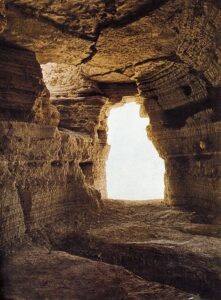
The Dead Sea Scrolls provide impressive evidence for:
1. The accuracy of transmission of the Hebrew and Aramaic manuscripts of the Old Testament to modern translations.
2. The authenticity of the books themselves.
The Isaiah Scroll
A full copy of the book of Isaiah was discovered, which had been made about 100 BC.
The Isaiah Scroll is now kept at the Shrine of the Book Museum, Jerusalem, Israel.
Comparison of this Isaiah Scroll with oldest copy of Isaiah made by the Masorete scribes in central Europe showed no significant differences. In the case of the Isaiah Scroll, the accuracy of transmission of the Old Testament is complete.
PROBABLE ARCHAEOLOGICAL REFERENCE TO JESUS OF NAZARETH
The ossuary below was recently discovered in Jerusalem. An ossuary is a limestone burial box for human bones, a practice commonly employed by the early Christian church.
The inscription below is on the ossuary. It reads, in Ancient Aramaic:
“James, son of Joseph, brother of Jesus”.
Jesus Christ’s Earthly father was Joseph, and he had a brother called James, the probable author of the Book of James.
Andre Lemaire is a specialist in ancient inscriptions at France’s Practical School of Higher Studies. In the “Biblical Archaeology Review” he states that it is very probable that the find is an authentic reference to Jesus of Nazareth. Lemaire dates the ossuary to 63 A.D.


